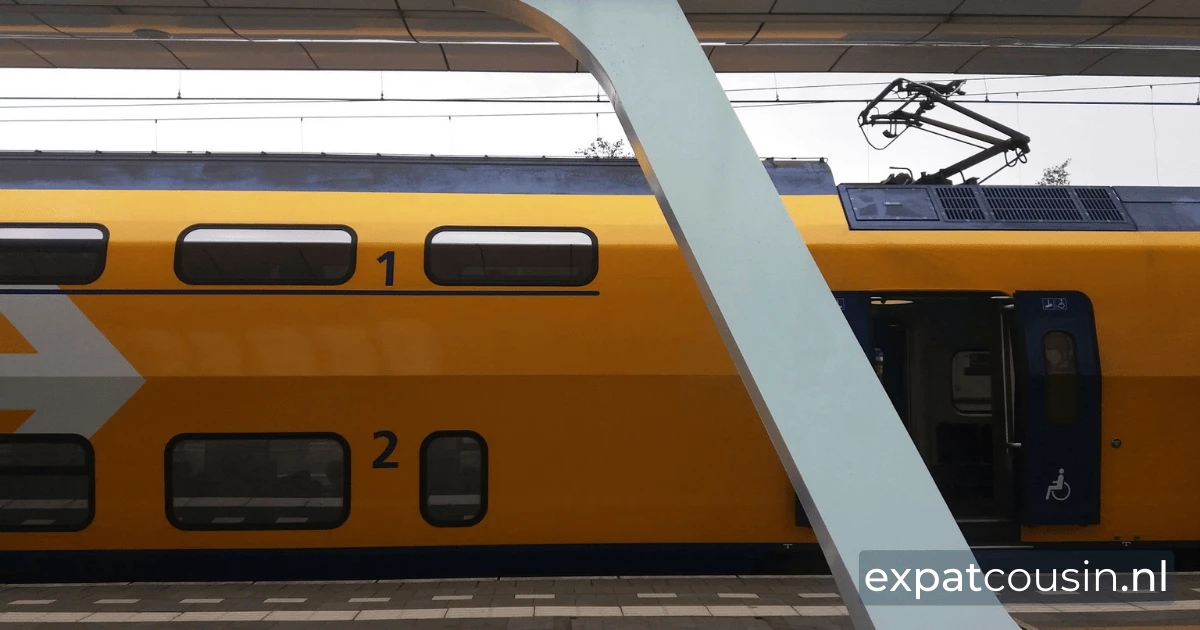Dutch Trains Explained: Sprinters, Intercity and International Options

The Netherlands boasts one of the most efficient and extensive train networks in Europe. Whether you're commuting, exploring cities, or planning cross-border travel, understanding the Dutch train system is essential for a smooth ride.
Sprinter: The Local Train
Sprinters are local trains that stop at every station along their route. They’re ideal for short journeys between smaller towns and suburbs. Sprinters are slightly slower but perfect for local commuting and connections.
Intercity: Fast Travel Between Major Cities
Intercity trains are faster, stopping only at major stations such as Amsterdam, Rotterdam, Utrecht, and The Hague. They are perfect for longer distances within the Netherlands and usually offer free Wi-Fi and more seating comfort.
International Trains: Beyond the Borders
- Intercity Brussels: Connects Amsterdam with Brussels and Antwerp.
- Thalys/Eurostar: High-speed trains linking Amsterdam to Paris and London.
- ICE International: Travel swiftly from Amsterdam to cities like Cologne and Frankfurt.
For international routes, it’s recommended to reserve seats in advance and check passport or visa requirements depending on the destination.
Tickets and Travel Cards
You can use an OV-chipkaart or pay by debit/credit card at the gate. For international trips, book via NS International or the specific carrier.
Tips for Expats
- Trains run frequently, even on weekends.
- Check real-time schedules on the NS app or NS.nl.
- Always check in and out, even with contactless payments.
Whether you're commuting daily or exploring new places, Dutch trains are a reliable and accessible way to travel around the country and beyond.